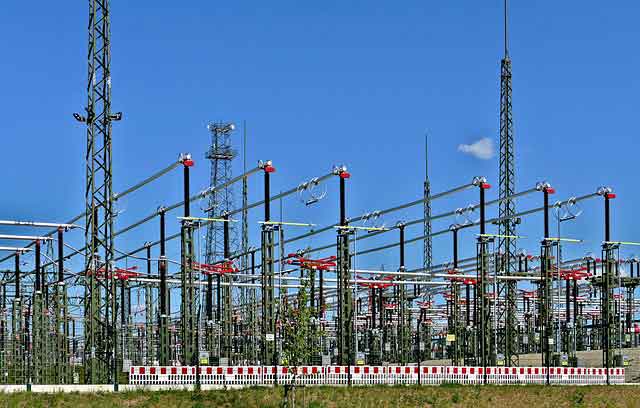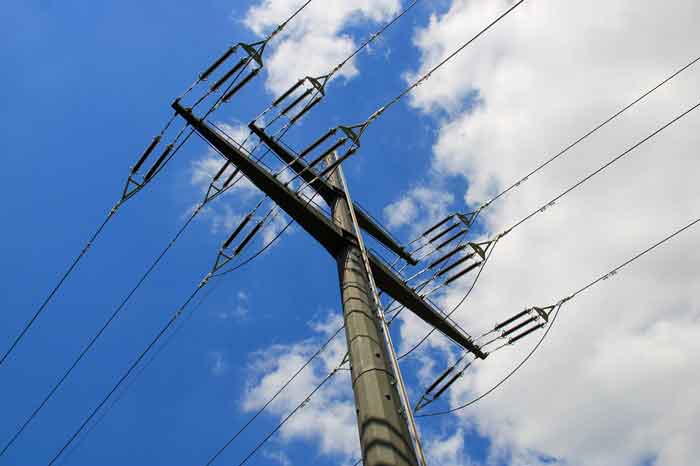Should older power plants get a free pass?
By The New Republic
CSA Z463 Electrical Maintenance
Our customized live online or in‑person group training can be delivered to your staff at your location.

- Live Online
- 6 hours Instructor-led
- Group Training Available
But it actually turned out to be very, very significant.
The bill initially set tight pollution limits for all new power plants and refineries, but older facilities were exempt. During the haggling in Congress, electric utility officials had convinced the bill's lead author, Edmund Muskie, that most of those creaky older plants were soon going to be mothballed anyway, so there was no point in forcing companies to shell out money to clean them up.
But that's not how things actually unfolded. Instead, power companies found it profitable to keep their older, dirtier plants running for as long as possible — after all, they were paid off and exempt from costly environmental rules, so why not keep chugging along?
In 1977, Congress tried to close this loophole by adding New Source Review amendments, requiring older facilities to install pollution-control equipment as soon as they underwent major modification. But this just led to incessant quibbling over what actually counted as a "major" modification — and many older facilities managed to evade the rules for decades.
So while the Clean Air Act can claim a trophy case full of impressive victories — stripping out lead from gasoline, reducing air pollution, curbing acid rain — that little loophole has, to some extent, limited the law's effectiveness.
The average power plant in the United States today was built in 1964 using 1959 technology. Two-thirds of the nation's existing coal plants were built before the 1970 law was passed. Many of those plants are woefully inefficient, belching up far more carbon and air pollution than modern plants would, but utilities have every incentive to keep them in operation.
And some onlookers are now worried that a climate bill will only preserve and expand this loophole:
If a climate-change bill drives up the cost of opening new plants, but provides free emissions allowances or potential carbon offsets for existing facilities, companies could have an incentive to squeeze even more power out of their old plants, many of which are running well below capacity.
Some environmental groups are urging the Senate to include in its version of the legislation provisions to prevent that. But the legislation passed by the House in late June — known as the American Clean Energy and Security Act — mandates a 50 percent carbon reduction by 2025 for new plants, but puts no site-specific carbon-reduction requirements on existing facilities.
That's from an excellent Washington Post piece examining the "clunkers" of the power-plant world. One example is the Fisk Generating Station in Chicago, built all the way back in 1903 and exempt from many Clean Air Act rules. Its owners still have yet to install scrubbers that would filter out particulates, sulfur dioxide, and nitrogen dioxide — they've promised to do so by 2015, but only after being forced by years of messy lawsuits.
One 2001 Harvard study suggested that Chicago's two oldest, grandfathered plants were causing 41 premature deaths and 550 emergency room per year.
On the upside, this loophole may not be so hard to eliminate.
In a recent interview, Dave Hamilton, who runs the Sierra Club's global warming program, explained to me one simple option: "You could just insert a provision saying that our oldest plants, when they reach a certain birthday, have to meet the new source performance standards."
Once any boiler hits the ripe old age of, say, 50, its owners either have to install modern pollution equipment or shut it down. "That would solve the New Source Review problem, which is highly complex and often heavily litigated. There has to be something more cut-and-dry. This way, we can be confident that over the next thirty years, we will start to see a genuine technology change."











